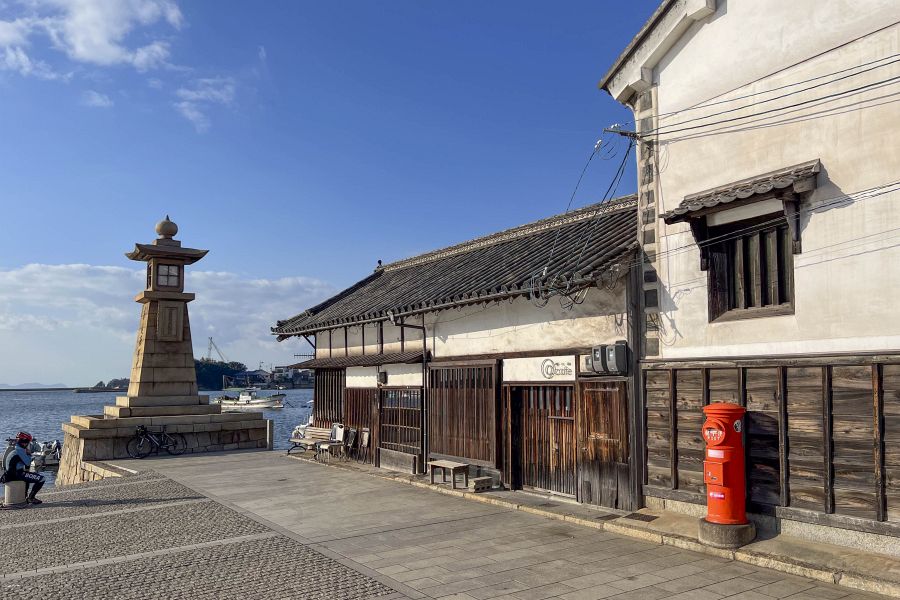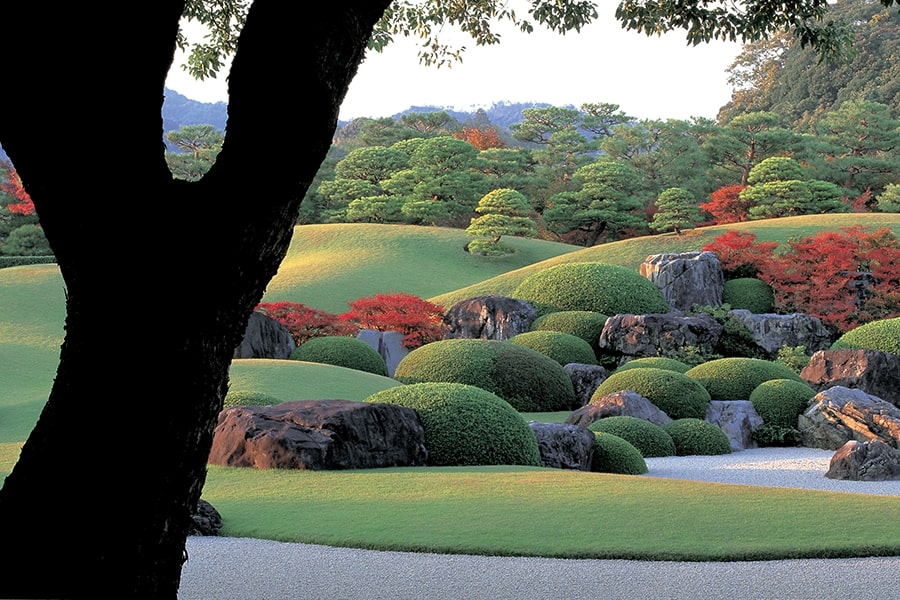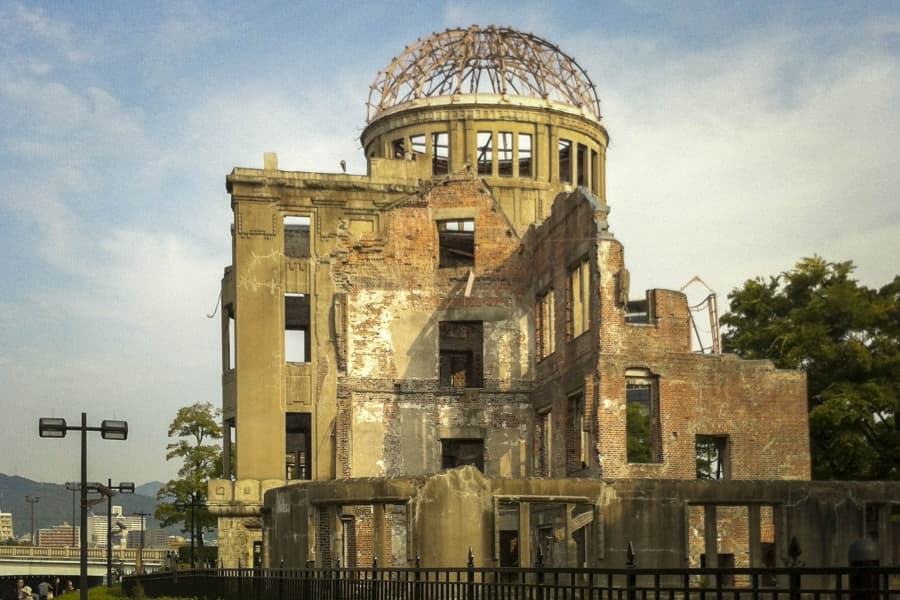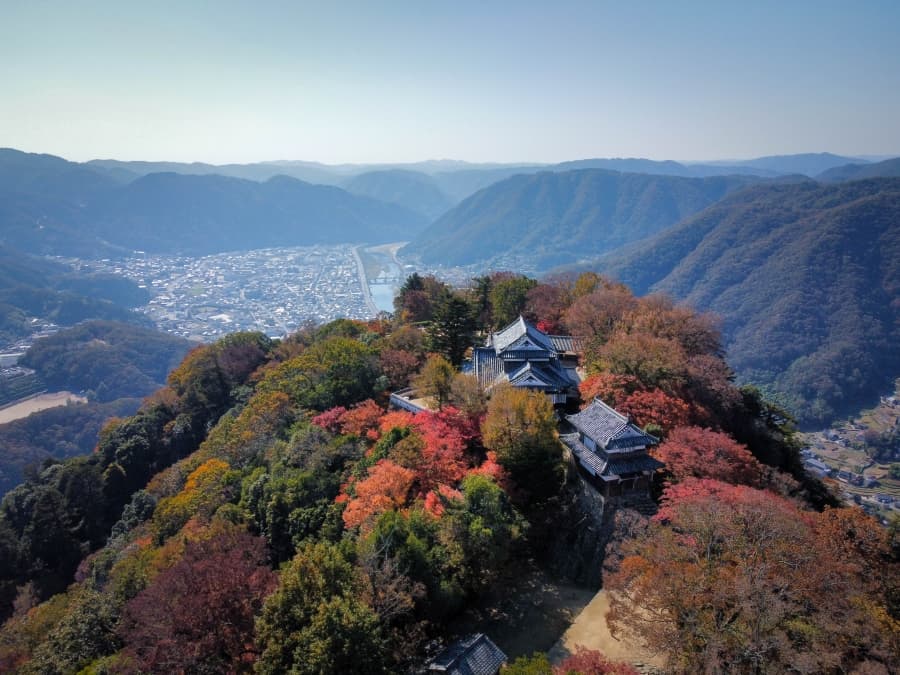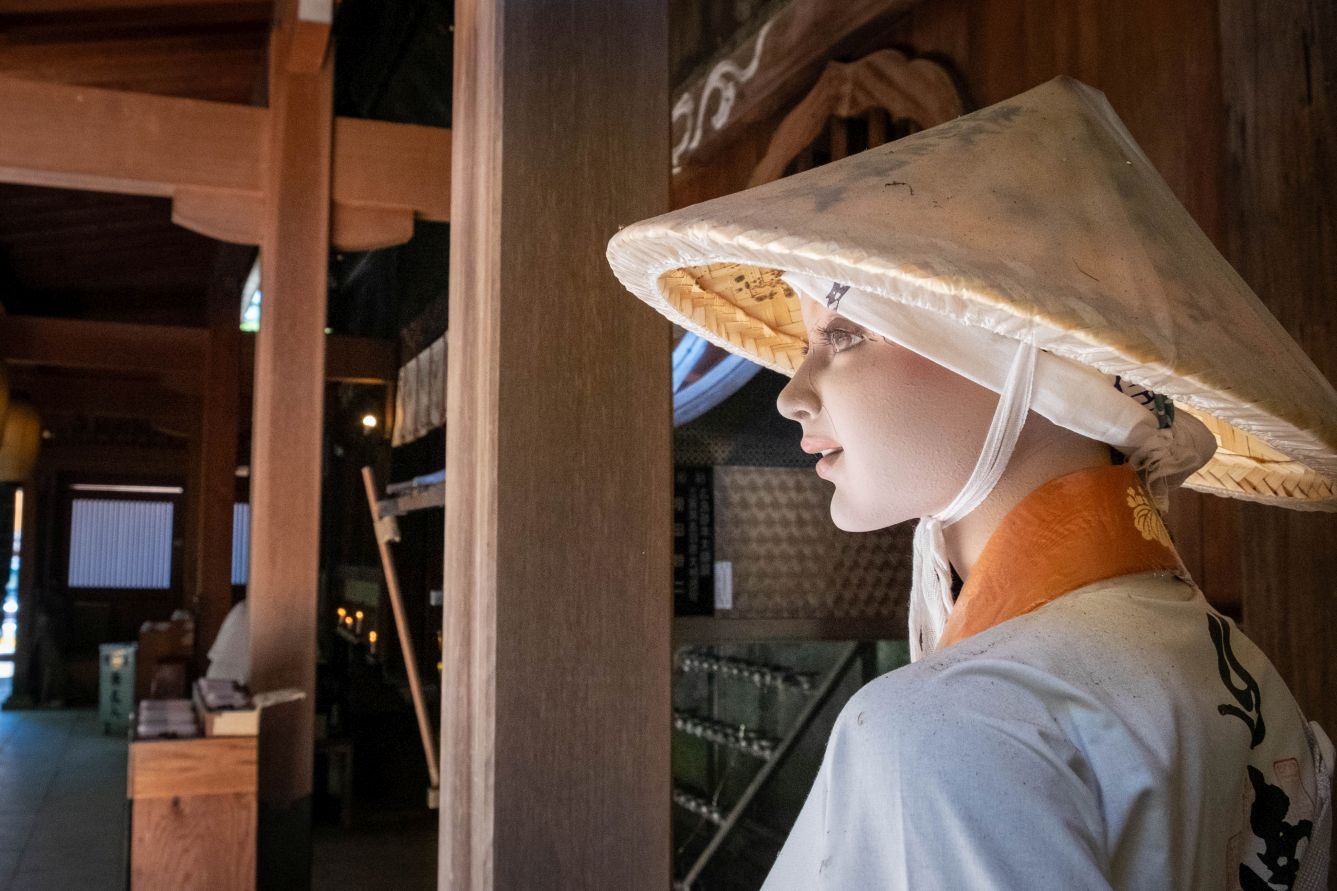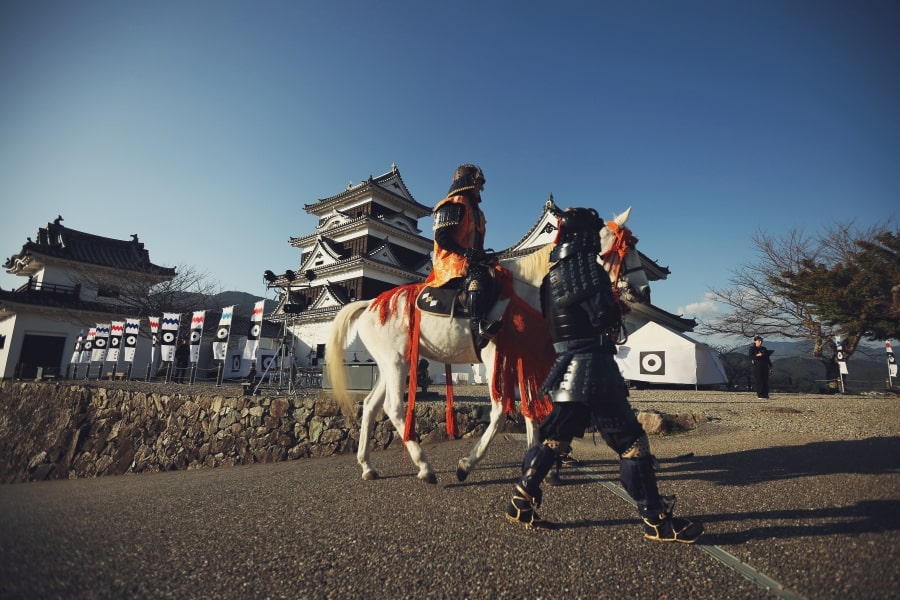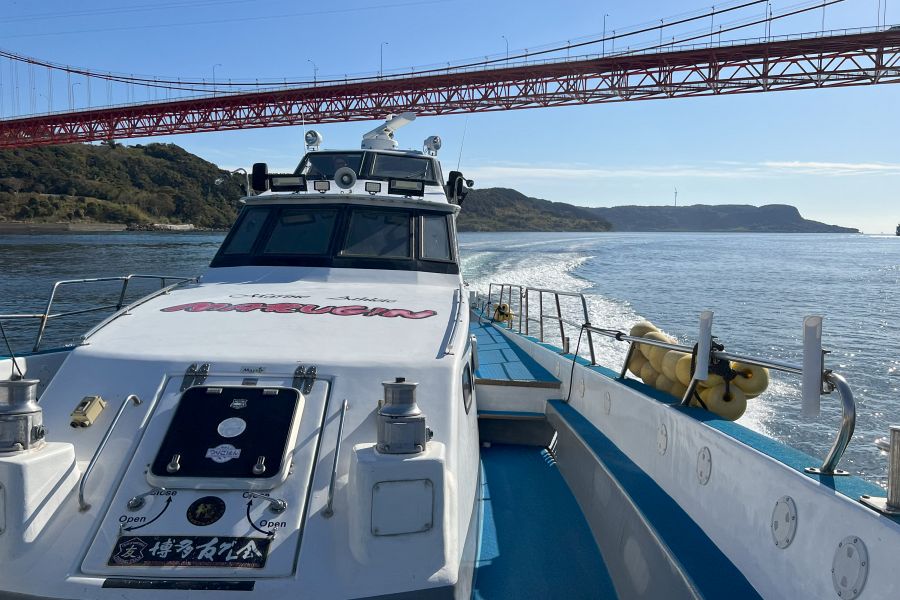SETOUCHI TOURS
Blog Name
Blog Tagline
Home » Blog Template
Page_Name_With_Intro (This section must be used)
Ryōzen-ji is temple No. 1 on the Shikoku Pilgrimage, or Henro. It stands near the foot of the Sanuki Mountains in the Tokushima rift valley. The total length of the Shikoku pilgrimage is approximately 1,460 km. For many pilgrims, this is the temple where they make their vow to complete the pilgrimage. At the end of the pilgrimage, some pilgrims like to return to Ryōzen-ji as a sign of thanksgiving and to complete the circle, although this isn’t considered a traditional practice.
Page_Section_With_Text_Only
Founded by Gyōki at the direction of Emperor Shōmu, Kūkai later visited in 815. A seated Buddha holding a ball is thought to be by Kūkai.
During the Muromachi period, the temple enjoyed the patronage of the Miyoshi clan. The two-storied pagoda was built between 1394 and 1428. In the past, Ryōzen-ji was regarded as one of the three great temples of Awa, and it boasted magnificent premises. However, in 1582, the temple was almost completely destroyed by Chōsokabe Motochika. It was finally rebuilt by the lord of the Awa domain, Hachisuka Mitsutaka, but in 1891 during the suppression of Buddhism, a fire destroyed all the buildings other than the two-storey pagoda. Since then, it has been laboriously reconstructed. The present main hall was rebuilt in 1908 and restored in 1964.
Page_Section_With_Image_Carousel(Margin_Top_&_Bottom_14px) _And_Text_Following
In 815, when Kūkai was walking around Shikoku from the northeast, he conducted prayers and austerities here for 37 days, hoping to establish the location as a place where people could free themselves from the 88 worldly desires. At that time, Kūkai witnessed a scene of many monks listening intently to an old master who preached Buddhism. It reminded him of the Buddha preaching to his disciples at Vulture Peak in India. Kūkai called the place Ryōzen-ji, a name that suggests transplanting the sacred mountain of India to Japan.
There he enshrined the little Buddha effigy that he carried with him, a statue of the new-born Buddha. This indicated his intention to make Ryōzen-ji the first temple of an 88-temple pilgrimage of Shikoku. The new-born Buddha statue is a small bronze about 14 cm tall dating from around 650. However, the earliest written mention of Ryōzen-ji as the first pilgrimage temple dates to 1687. Before, and indeed for a long time after that, pilgrims started at the temple most convenient to the one of many ports around Shikoku where they landed.
Previous
Next
In 815, when Kūkai was walking around Shikoku from the northeast, he conducted prayers and austerities here for 37 days, hoping to establish the location as a place where people could free themselves from the 88 worldly desires. At that time, Kūkai witnessed a scene of many monks listening intently to an old master who preached Buddhism. It reminded him of the Buddha preaching to his disciples at Vulture Peak in India. Kūkai called the place Ryōzen-ji, a name that suggests transplanting the sacred mountain of India to Japan.
There he enshrined the little Buddha effigy that he carried with him, a statue of the new-born Buddha. This indicated his intention to make Ryōzen-ji the first temple of an 88-temple pilgrimage of Shikoku. The new-born Buddha statue is a small bronze about 14 cm tall dating from around 650. However, the earliest written mention of Ryōzen-ji as the first pilgrimage temple dates to 1687. Before, and indeed for a long time after that, pilgrims started at the temple most convenient to the one of many ports around Shikoku where they landed.
Page_Section_With_Image(Margin_Top_&_Bottom_14px) _And_Text_Following
In 815, when Kūkai was walking around Shikoku from the northeast, he conducted prayers and austerities here for 37 days, hoping to establish the location as a place where people could free themselves from the 88 worldly desires. At that time, Kūkai witnessed a scene of many monks listening intently to an old master who preached Buddhism. It reminded him of the Buddha preaching to his disciples at Vulture Peak in India. Kūkai called the place Ryōzen-ji, a name that suggests transplanting the sacred mountain of India to Japan.
There he enshrined the little Buddha effigy that he carried with him, a statue of the new-born Buddha. This indicated his intention to make Ryōzen-ji the first temple of an 88-temple pilgrimage of Shikoku. The new-born Buddha statue is a small bronze about 14 cm tall dating from around 650. However, the earliest written mention of Ryōzen-ji as the first pilgrimage temple dates to 1687. Before, and indeed for a long time after that, pilgrims started at the temple most convenient to the one of many ports around Shikoku where they landed.
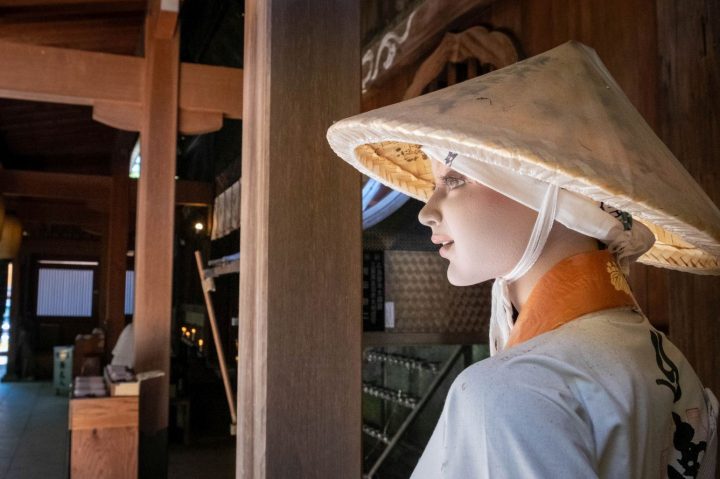
In 815, when Kūkai was walking around Shikoku from the northeast, he conducted prayers and austerities here for 37 days, hoping to establish the location as a place where people could free themselves from the 88 worldly desires. At that time, Kūkai witnessed a scene of many monks listening intently to an old master who preached Buddhism. It reminded him of the Buddha preaching to his disciples at Vulture Peak in India. Kūkai called the place Ryōzen-ji, a name that suggests transplanting the sacred mountain of India to Japan.
There he enshrined the little Buddha effigy that he carried with him, a statue of the new-born Buddha. This indicated his intention to make Ryōzen-ji the first temple of an 88-temple pilgrimage of Shikoku. The new-born Buddha statue is a small bronze about 14 cm tall dating from around 650. However, the earliest written mention of Ryōzen-ji as the first pilgrimage temple dates to 1687. Before, and indeed for a long time after that, pilgrims started at the temple most convenient to the one of many ports around Shikoku where they landed.
Related Tours
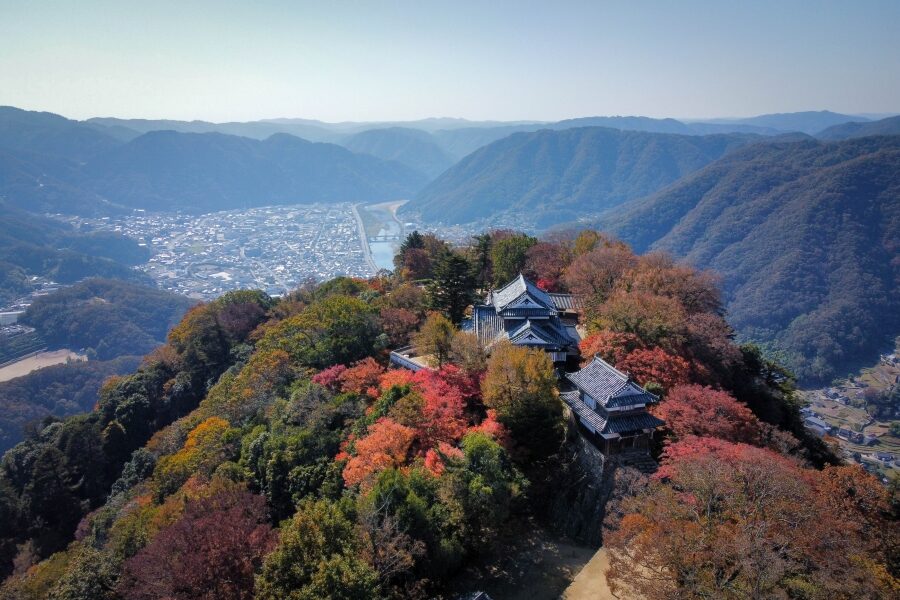
6 Days
¥498,000
This tour visits the major sights of Okayama, Shimane, and Hiroshima prefectures, focusing on the small historic cities of each region, and the natural wonders found in the countryside between them.
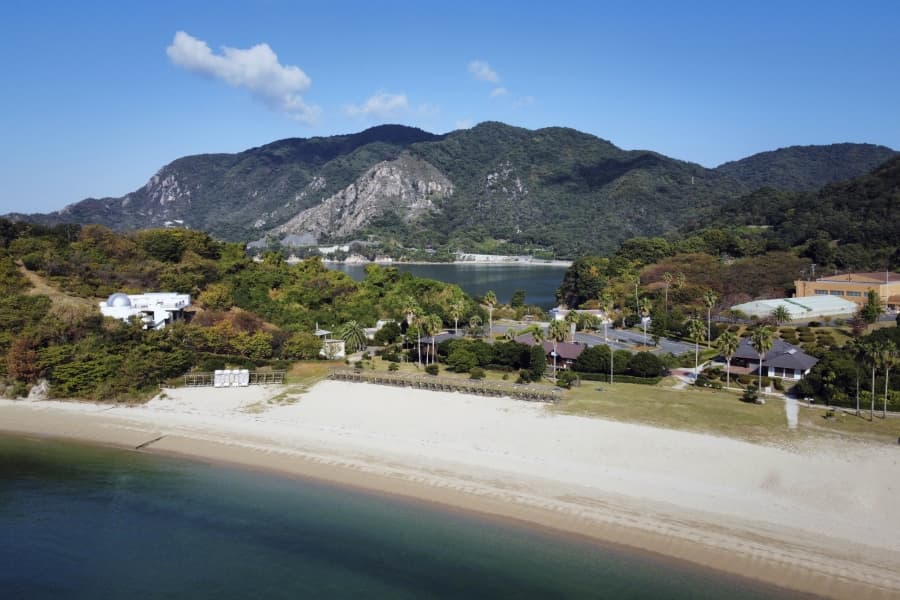
2 Days
¥188,000
This tour visits islands in Hiroshima and Ehime, and some sights in the coastal region of Honshū.
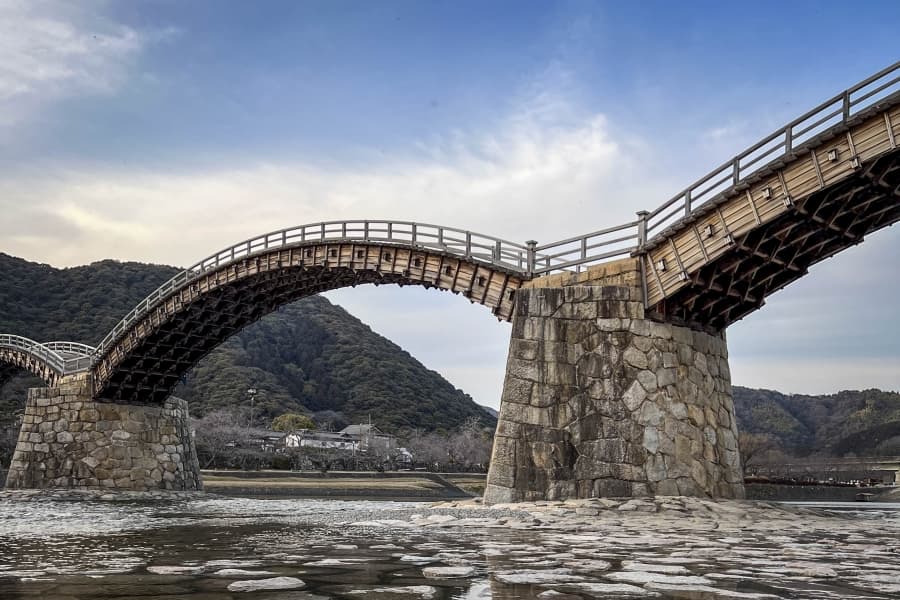
6 Days
¥498,000
This tour visits the major sights of Yamaguchi, Shimane, and Hiroshima prefectures, focusing on the small historic cities of each region, and the natural wonders found in the countryside between them.
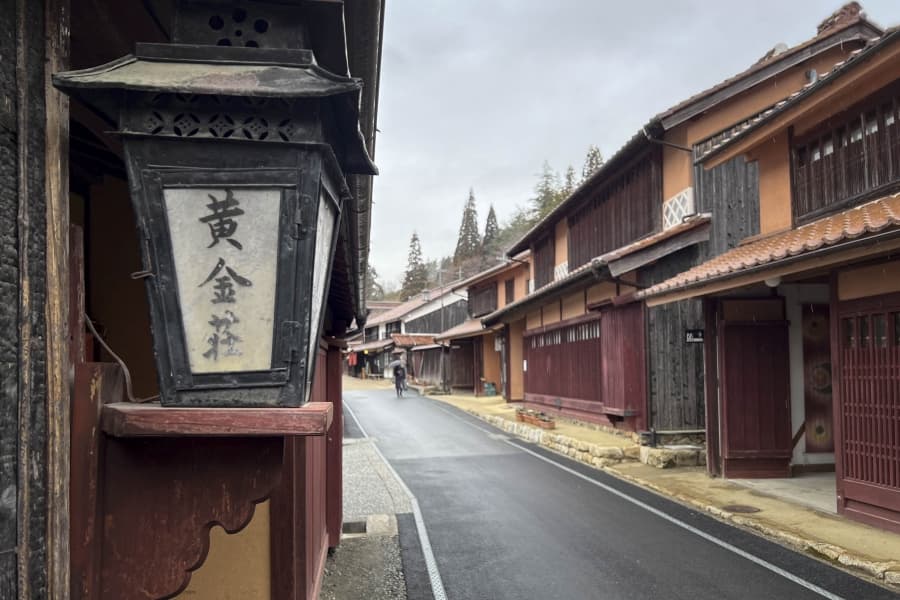
2 Days
¥188,000
This tour visits major sights of Okayama and Tottori prefectures, focusing on small historic cities and natural wonders.
